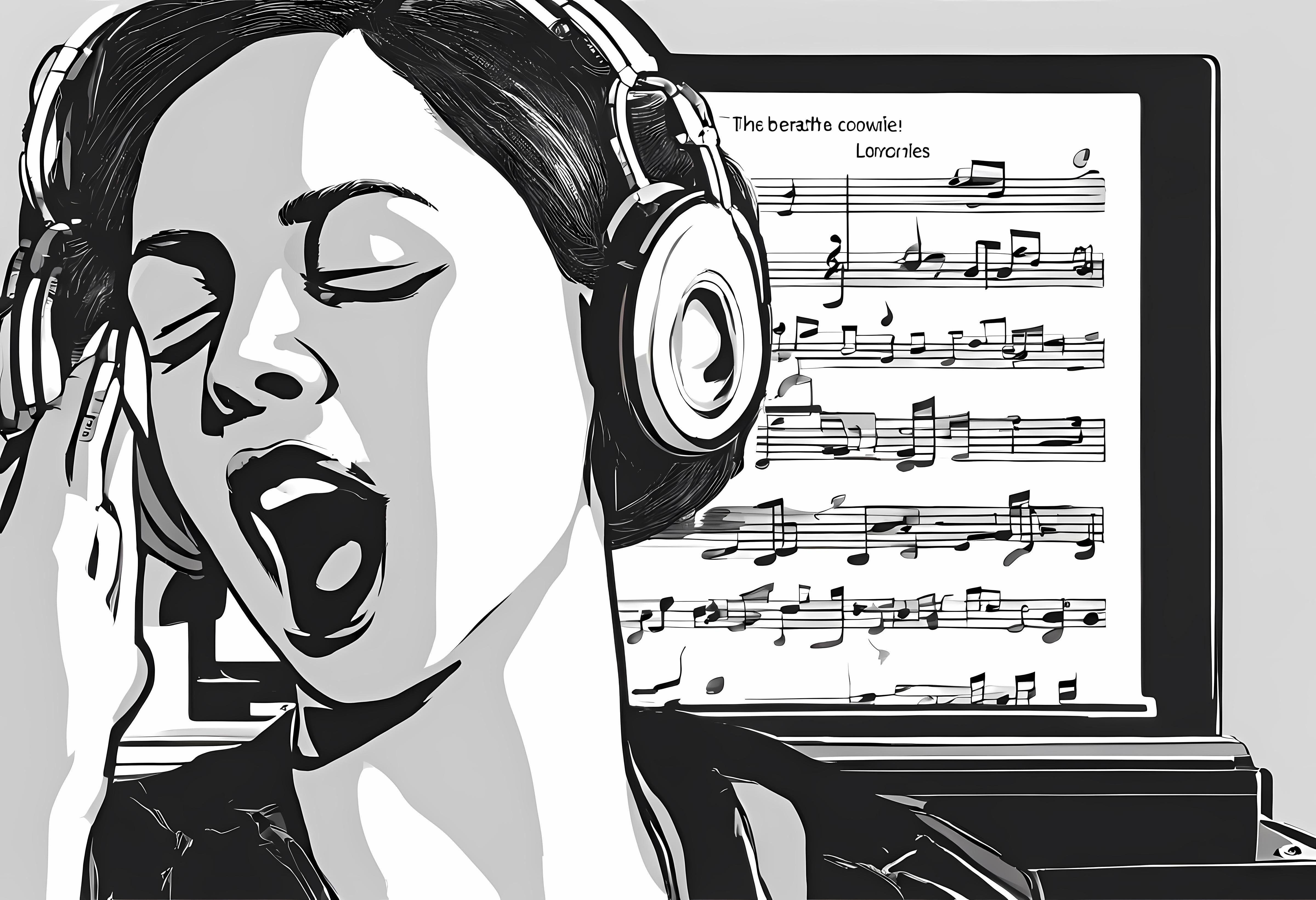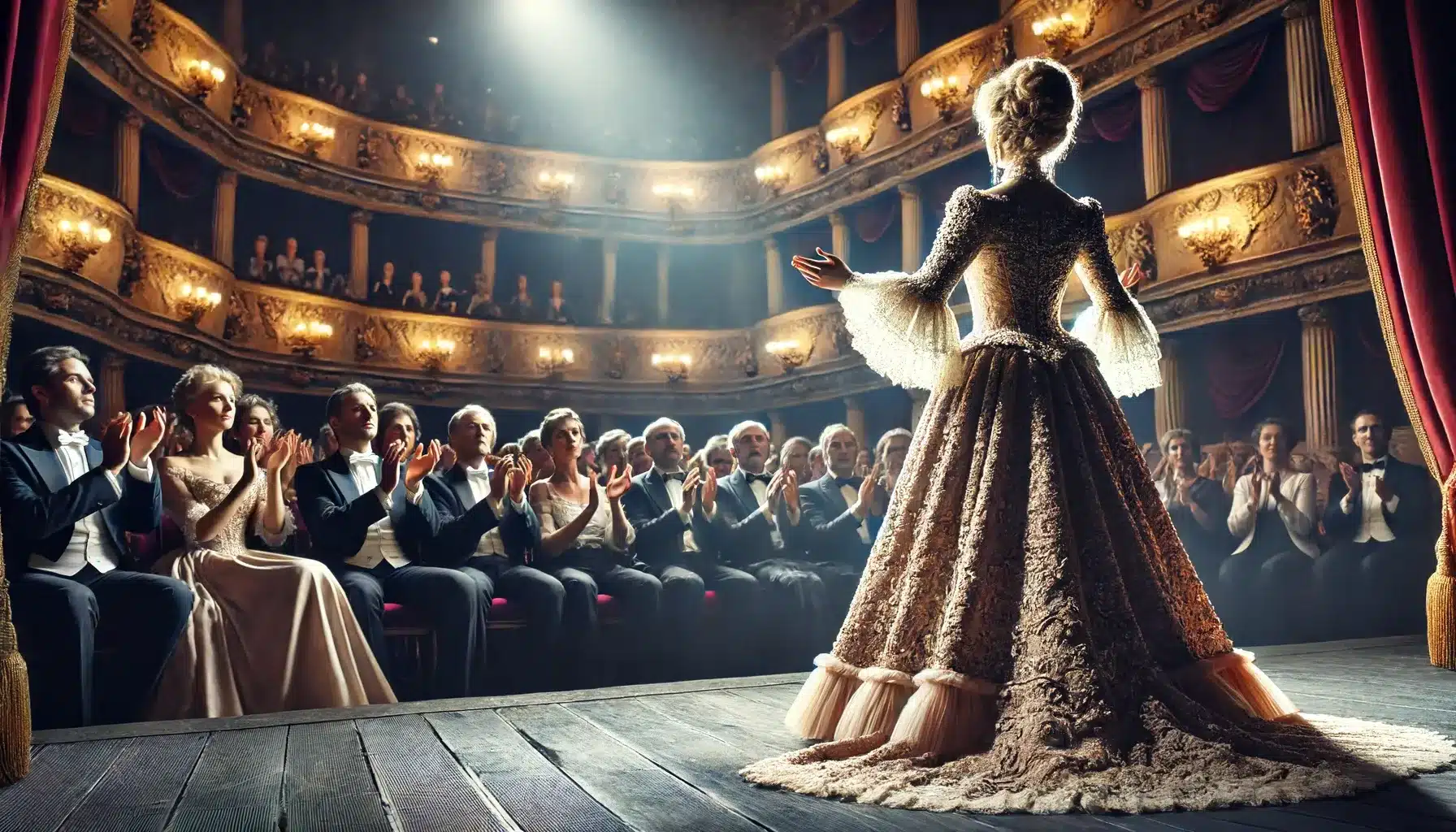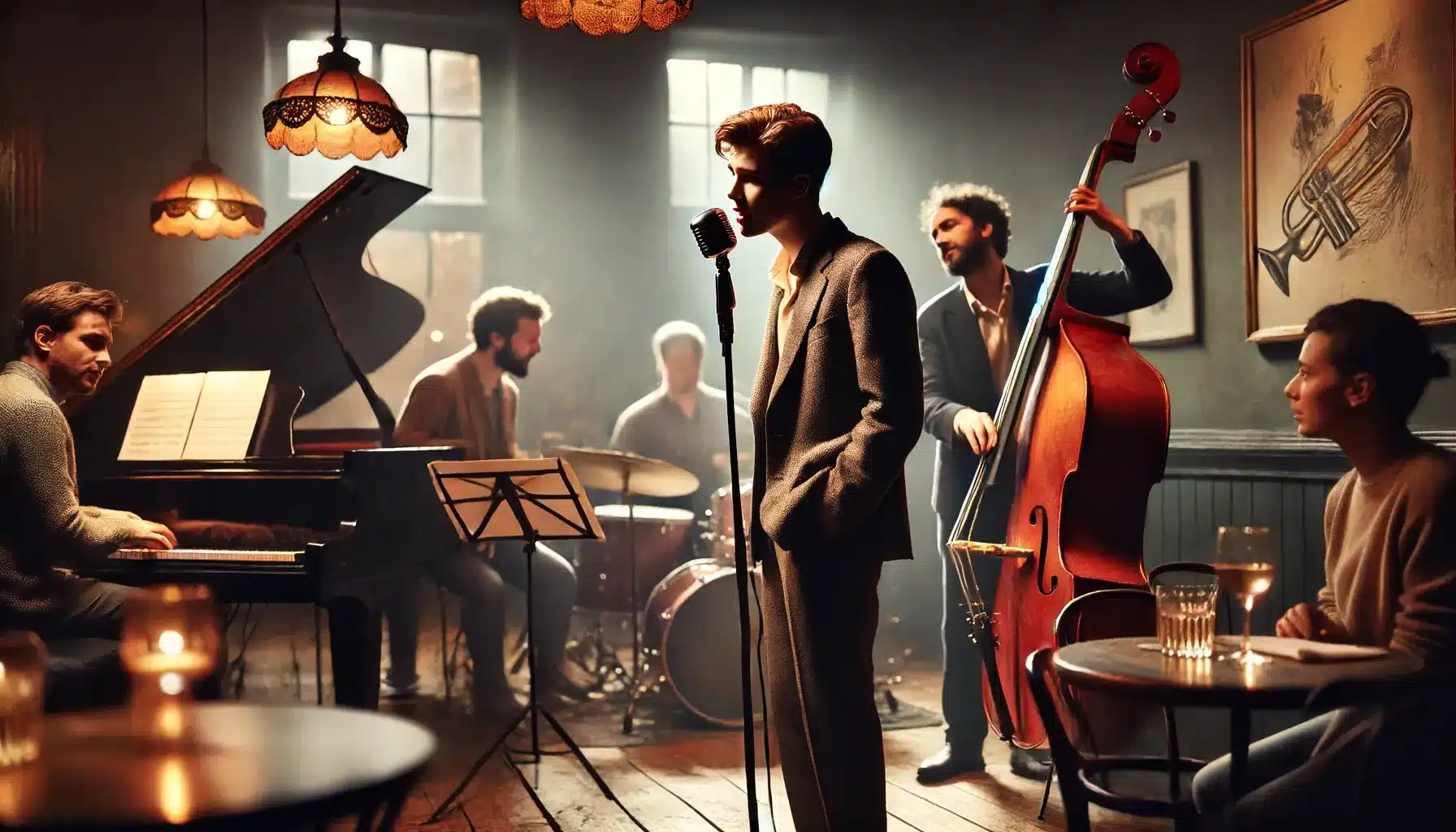Have you ever wondered what describes the singing style of your favorite vocalist?
From the soulful melodies of R&B to the raw energy of rock, each genre has its unique charm.
Examining the diverse landscape of singing styles opens up a world of musical expression and emotional depth beyond mere technique.
In this article, we’ll study the rich collection of singing styles, finding the key elements that define each genre and the legendary artists who have shaped them.
Join us as we celebrate the beauty of diverse singing styles and discover how understanding these distinctions can elevate your appreciation for the art of vocal performance.
What is Vocal Style?
Vocal style refers to how a singer delivers a song and surrounding elements such as tone, phrasing, and ornamentation.
It is crucial in defining a musical performance’s emotional impact and overall aesthetic.
A singer’s vocal style is like their signature, setting them apart from others and allowing them to convey their unique artistic vision.
It goes beyond hitting the right notes; it infuses the performance with feeling, personality, and authenticity.
How a vocalist manipulates their voice, employs dynamics, and interprets lyrics contributes significantly to the listener’s emotional response and connection to the music.
Elements of Vocal Style

The building blocks of a singer’s unique sound, encompassing tone, phrasing, and ornamentation, are essential to understanding the subtle differences in vocal style.
- Tone: The color and quality of the voice
The tone is one of the fundamental aspects of vocal style.
It refers to a singer’s voice’s distinct sound and character, ranging from warm and rich to bright and crisp.
A singer’s tone is influenced by vocal cord thickness, resonance, and breath support.
Skilled vocalists can vary their tone to suit different genres and produce specific emotions, from the smooth, soft tones of jazz to the powerful, gritty tones of rock.
- Phrasing: How notes and words are grouped and expressed
Phrasing involves how a singer groups notes and words, creating musical sentences that convey meaning and emotion.
It circles elements such as rhythm, stress, and the duration of notes.
Effective phrasing allows vocalists to communicate the story and sentiment behind the lyrics, drawing the listener into the performance.
Phrasing can also involve using dynamics, such as crescendos and decrescendos, to add depth and intensity to the delivery.
- Ornamentation: Decorative elements like trills and runs
Ornamentation refers to the decorative aspects a singer incorporates into their performance, such as trills, runs, and melismas.
These elaborations add flair, showcase vocal agility, and emphasize certain words or phrases.
Ornamentation styles differ across genres, from the intricate melismas in R&B and gospel to the subtle vibration in classical singing.
When used skillfully, ornamentation enhances the emotional impact of a performance and highlights the singer’s technical expertise.
The Intersection of Technique and Artistry

Mastering the technical aspects of singing is just the beginning; true artistry emerges when vocalists infuse their performances with genuine emotion and personal expression.
-
Technical Proficiency
Mastering vocal techniques forms the foundation of a singer’s ability to express themselves effectively.
Proper breath control, for example, allows vocalists to sustain notes, control volume, and maintain a steady tone.
Breathing from the diaphragm and learning to manage the breath flow is essential for singing with power and clarity.
Resonance, another crucial aspect of vocal technique, involves how sound vibrates in the vocal tract, including the throat, mouth, and nasal passages.
By learning to control and optimize resonance, singers can create a fuller, more vibrant tone suitable for various settings.
Singers can practice exercises that target specific areas of vocal technique to improve their technical skills.
These may include lip trills to enhance breath control, humming exercises to develop resonance, and scale patterns to improve pitch accuracy and agility.
Regular practice and dedication to refining these techniques will help singers build a strong foundation for their artistic expression.
-
Artistic Expression
While technical skill is crucial, artistic expression truly animates a song.
Singers must transcend merely hitting the correct notes to inject real emotion and storytelling into their performances.
This involves connecting deeply with the lyrics and music’s intent and expressing those emotions to the audience.
Effective emotional expression can be enhanced by varying vocal dynamics—softening for intimate parts or intensifying to express strong feelings.
Technical mastery is important, but blending it with personal artistry, like creative phrasing or tonal changes, is essential for memorable performances.
Singers should balance technical proficiency with genuine personal expression to create impactful, resonant performances that delight and leave a lasting impression.
The Different Singing Styles
From the grandeur of classical opera to the soulful strains of R&B, each singing style has its distinct characteristics and demands on the vocalist.
1. Classical Singing

Classical singing is known for its full, resonant tone and extensive vocal range.
Singers in this style focus on precise diction and the ability to project their voices without microphones.
The repertoire often includes compositions in various languages, such as Italian, German, and French, and requires high technical skill and control.
Notable artists in the classical genre include Luciano Pavarotti, renowned for his powerful tenor voice, and Maria Callas, who was celebrated for her dramatic soprano performances.
Classical singers often perform works by iconic composers like Giuseppe Verdi and Wolfgang Amadeus Mozart, which showcase the beauty and complexity of the human voice.
2. Pop Singing

Pop singing is characterized by its contemporary appeal and often features a more relaxed vocal approach than classical singing.
This style emphasizes catchy melodies, accessible lyrics, and various vocal techniques, from smooth and breathy to powerful and belting.
Influential pop singers like Michael Jackson and Beyoncé have shaped the genre with their distinctive vocal styles and captivating stage presence.
Pop singers often perform chart-topping hits that resonate with a broad audience and reflect current musical trends.
3. Jazz Singing

Jazz singing is known for its improvisational nature, rhythmic flexibility, and expressive vocal techniques.
Singers in this style often collaborate closely with instrumentalists, engaging in musical dialogue and interpreting melodies with a personal touch.
Scat singing, a method involving improvised vocal syllables, is a hallmark of jazz vocals.
Pioneers of jazz singing include Billie Holiday, known for her vibrant and intimate delivery, and Ella Fitzgerald, renowned for her virtuosic scat singing and vocal range.
Jazz singers often perform standards from the Great American Songbook, putting their unique spin on timeless melodies.
4. Rock Singing

Rock singing is distinguished by its raw, energetic delivery and powerful vocal projection.
Singers in this style often employ rasp, distortion, and belting techniques to convey intensity and emotion.
Rock vocals usually accompany electric guitars, drums, and bass, creating a high-energy sound.
Iconic rock vocalists like Freddie Mercury and Robert Plant have become legends for their distinctive vocal styles and captivating stage presence.
Rock singers often perform classic anthems that have become staples of the genre, showcasing their vocal prowess and ability to connect with audiences.
5. R&B Singing

R&B singing is characterized by its soulful delivery, intricate melisma, and dynamic vocal range.
Singers in this style often infuse their performances with heartfelt emotion and storytelling, using techniques like runs and vocal embellishments to convey depth and feeling.
Pioneers of R&B singing include Aretha Franklin, known for her powerful and expressive voice, and Marvin Gaye, who was celebrated for his smooth and sensual delivery.
R&B singers often perform classic songs that have become timeless favorites, showcasing the genre’s rich history and cultural significance.
Developing Your Unique Style

Finding your authentic voice as a singer involves exploring various genres, sharpening your technique, and staying true to your personal experiences and emotions.
-
Exploring Different Genres
Exploring various musical genres is one of the best ways to develop your unique singing style.
Experimenting with different styles, from classical to pop, jazz to rock, allows you to discover new facets of your voice and identify which genres resonate most.
By stepping out of your comfort zone and trying new techniques and approaches, you can expand your vocal range, improve your versatility, and gain a deeper appreciation for the diverse world of music.
This exploration process also helps you understand your strengths and weaknesses as a vocalist, guiding you toward the styles that best suit your voice.
To find your preferred genre, listen to various music and pay attention to the styles that naturally appeal to you.
Attend live performances, watch music videos, and engage with different musical communities to immerse yourself in various genres.
Don’t be afraid to imitate the techniques and styles of singers you admire, as this can help you internalize new skills and develop your unique twist on them.
-
Authenticity in Singing
Exploring different singing genres is crucial, but maintaining your authentic voice is just as important.
Your unique vocal qualities, personal experiences, and connection to the music distinguish you as a singer.
Allow your individuality to enhance your performances, creating a strong artistic identity.
Include personal stories and emotions into your singing by connecting deeply with the lyrics and their underlying feelings.
This genuine emotional engagement makes your performances more impactful.
Welcome various musical styles without compromising authenticity, allowing your unique voice to resonate within any genre.
This journey of self-discovery and expression broadens your vocal capabilities and solidifies your unique presence in music.
Let your distinctiveness shine in every performance, balancing genre exploration with true expression.
Final Thoughts
Understanding what describes a singing style is essential for appreciating the rich diversity of vocal music.
By studying the unique characteristics of various genres, from the precise technique of classical singing to the soulful expression of R&B, we gain a deeper understanding of the artistry behind each style.
Whether you’re a beginner discovering your voice or a seasoned performer looking to expand your collection, assuming the beauty of different singing styles can help you grow as a vocalist and connect with your audience on a deep level.
So, take the time to listen, learn, and experiment with various genres, and let your authentic voice shine through.
Remember, the key to developing your unique singing style is finding the perfect balance between technical mastery and sincere expression.
FAQs
1. What is a style of singing?
A style of singing refers to how a singer uses their voice in unique ways to express different musical genres.
Each style has distinct features that make it stand out, like tone, technique, and presentation.
2. How do I find my singing style?
To find your singing style, experiment with various types of music to see what suits your voice best.
Listen to different singers, try to mimic their styles, and note what feels most natural and enjoyable for you to perform.
3. Is singing a talent or skill?
Singing can be both a talent and a skill.
Some people have a natural ability to sing well from a young age, which is a talent.
However, singing skills can be developed and improved through practice and training, regardless of natural talent.
4. What are the six types of singing?
The six common types of singing are classical, jazz, rock, pop, country, and blues.
Each type has its own techniques and vocal styles that singers learn to effectively perform music in that genre.
5. How do you sing in different styles?
To sing in different styles, you must learn the specific techniques and vocal expressions required by each style.
This involves understanding the musical characteristics of each genre, practicing with songs from those genres, and possibly taking lessons from experienced instructors.





















